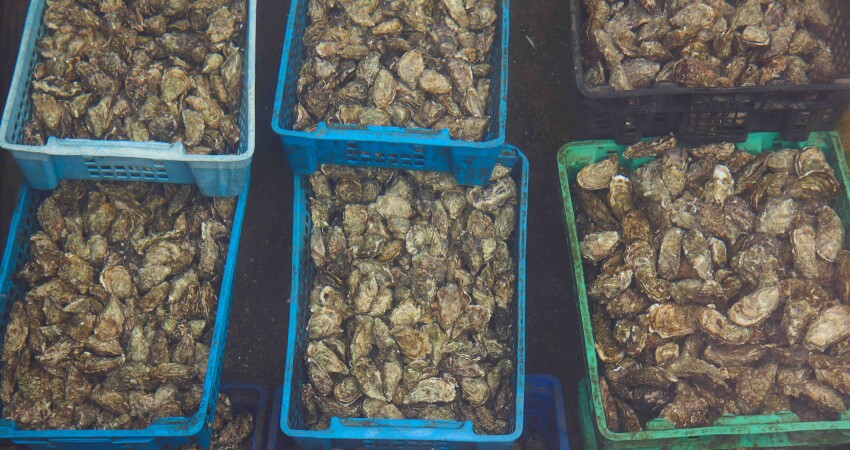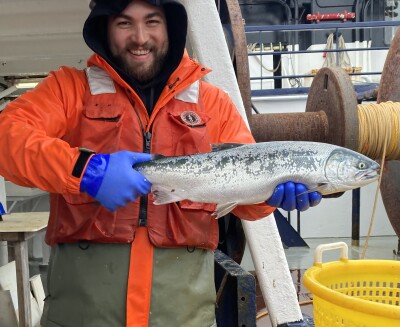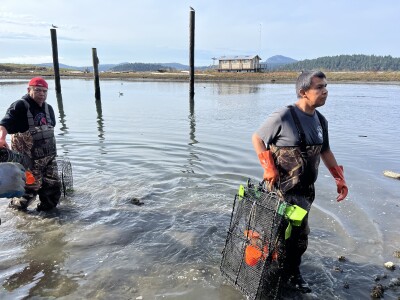Eighty readopted marine fisheries rules went into effect in North Carolina on April 1; however, these rules should have minimal impact on fishing practices. The rules pertain to standards for processing procedures and commercial shellfish sanitation, and most codify existing practices implemented.
The rules, 15A NCAC 18A .0301, .0305, .0401-.0418, .0421-.0424, .0426, .0428-.0430, .0432-.0439, .0501-.0504, .0601-.0621, .0701-.0713, and .0801-.0806, were adopted, repealed, or amended and then readopted by the Marine Fisheries Commission in Nov. 2023 under a state-mandated periodic review schedule. The rules will ensure that N.C. complies with the National Shellfish Sanitation Program’s (NSSP) Guide for the Control of Molluscan Shellfish. The state must meet this guide's minimum requirements to sell oysters, clams, and scallops through interstate commerce and protect consumers' health.
The NSSP is based on public health principles and controls and is designed to prevent human illness associated with shellfish consumption. Sanitary controls are established over all aspects of the growing, harvesting, shucking, packing, and distribution of fresh and fresh-frozen shellfish. For North Carolina to ship shellfish harvested in the state to outside, it must first meet the criteria of the NSSP Guide.
The state’s coast is divided into a series of management units called Growing Areas. Each area is managed individually to determine which part of the area is suitable for shellfish harvest and which parts need to be closed. Data is collected for each area and summarized and analyzed in a Sanitary Survey Report, which will then determine appropriate harvest classifications. The data collected includes:
- A shoreline survey of actual and potential pollution sources impacting the area.
- Bacteriological water quality sampling data from stations located throughout the area.
- Data summarizing the impacts of rainfall and associated stormwater runoff on Growing Area water quality.
- A summary of tides, water circulation patterns, and other physical factors that influence the movement of potential contaminants within the Growing Area.
Shellfish-growing waters will be classified as “Approved,” “Conditionally Approved,” “Restricted,” or “Prohibited.” The Division of Marine Fisheries is responsible for deeming all coastal waters. A map of these areas opened and closed can be found here.
The full text of the rules can be found in the April 1, 2024, Supplement to the 2020 N.C. Marine Fisheries Commission Rulebook.







